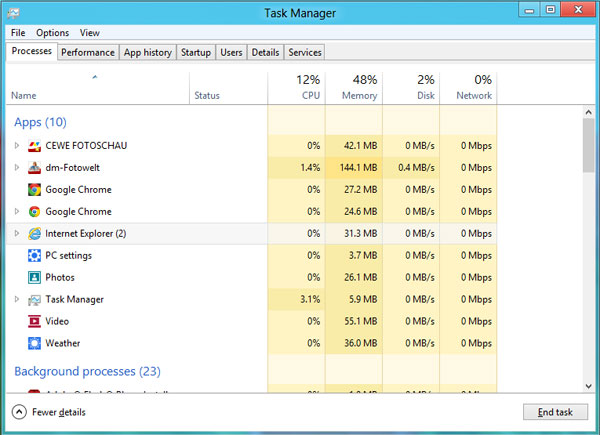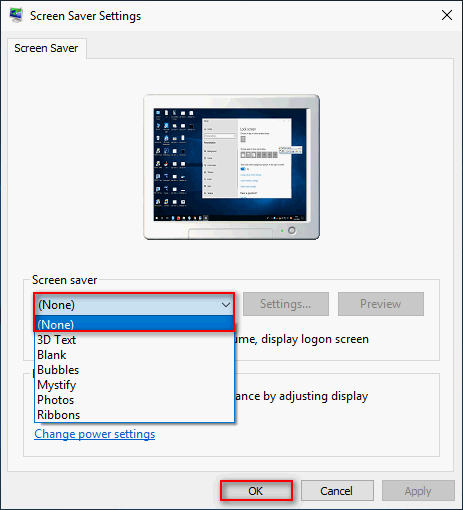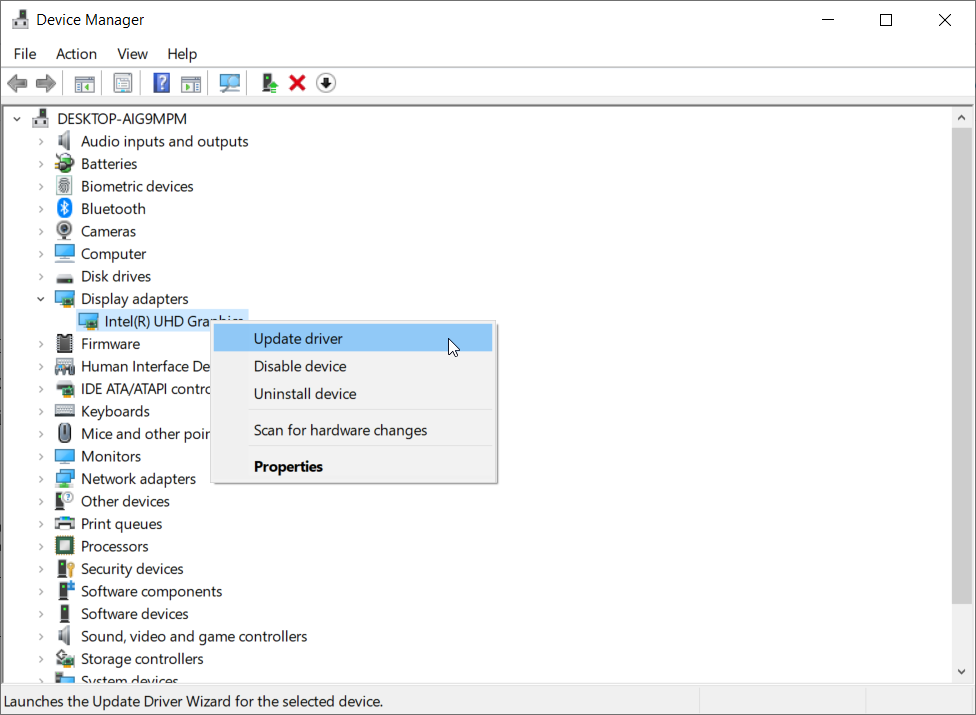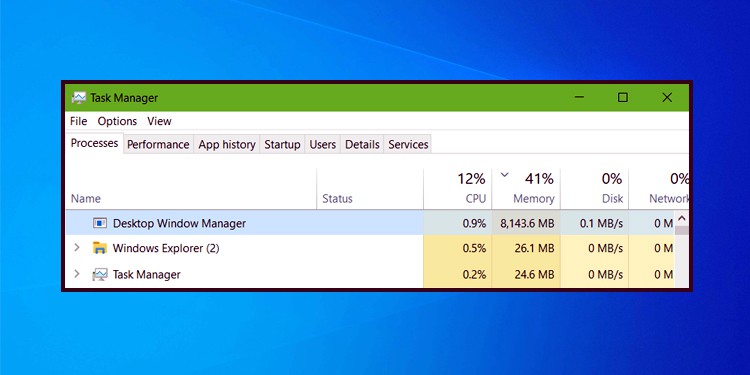

Moreover, high-end GPUs, which have plenty of processing power, have also been facing the same issues.įortunately, some known issues can cause this mayhem on your computer and they are simple and easy to resolve. Many users have been experiencing high GPU usage by the process even when no demanding apps are running. It is also responsible for menus, system animations, and transparency elements on Windows.ĭesktop Window Manager typically uses the onboard graphics card to fulfill all the requirements. If none of the above methods works, I would encourage you to provide your feedback and suggestions using the Windows 10 Feedback Hub app, so that the Windows developer team has direct access to it.9 simple and tested methods to resolve the high GPU usage issue by Desktop Window Managerĭesktop Window Manager (DWM) is a system process that is responsible for rendering every item that is displayed on your Desktop. Download and install latest drivers from.Check the checkbox to delete the drivers from the computer and reboot the computer.In case disabling Intel graphics adapter does not work, I would suggest to uninstall the Intel graphics drivers completely and install the latest drivers from the Intel support site. Reboot the computer and check the frame rate.

Now right click on the Intel Graphics drivers and click on.In Run dialog box, type devmgmt.msc and hit enter.Alternatively, you can go to Start and search for Under Preferred graphics processor, selectīefore disabling the Intel graphics adapter, I would recommend to create a system restore point.Now on the left hand pane expand 3D settings.Right click on desktop and select NVidia Control Panel from the context menu.If the above step doesn’t work, you may try setting the NVidia card to maximum performance and disable Intel graphics adapter to see if it works. I suggest to refer to the suggestions given by Reymichael Ros, dated Maonĭesktop Windows Manager (dwm.exe) load GPU too much. The GPU (NVidia) usage of 35-40% by games is absolutely normal, however at the same time Desktop Windows Manager is using the high percentage of Intel GPU, which isn’t normal and it might be the cause of the low FPS. Instead, their drawing is redirected to off-screen surfaces in video memory, which are then rendered into a desktop image and presented on the display. When desktop composition is enabled, individual windows no longer draw directly to the screen or primaryĭisplay device as they did in previous versions of Windows.

The way applications display pixels on the screen, it is managed by DWM.

In Windows, desktop composition is performed by Desktop Windows Manager. Thank you for writing to Microsoft community Forums. Desktop Window Manager(DWM.exe) using high GPU


 0 kommentar(er)
0 kommentar(er)
